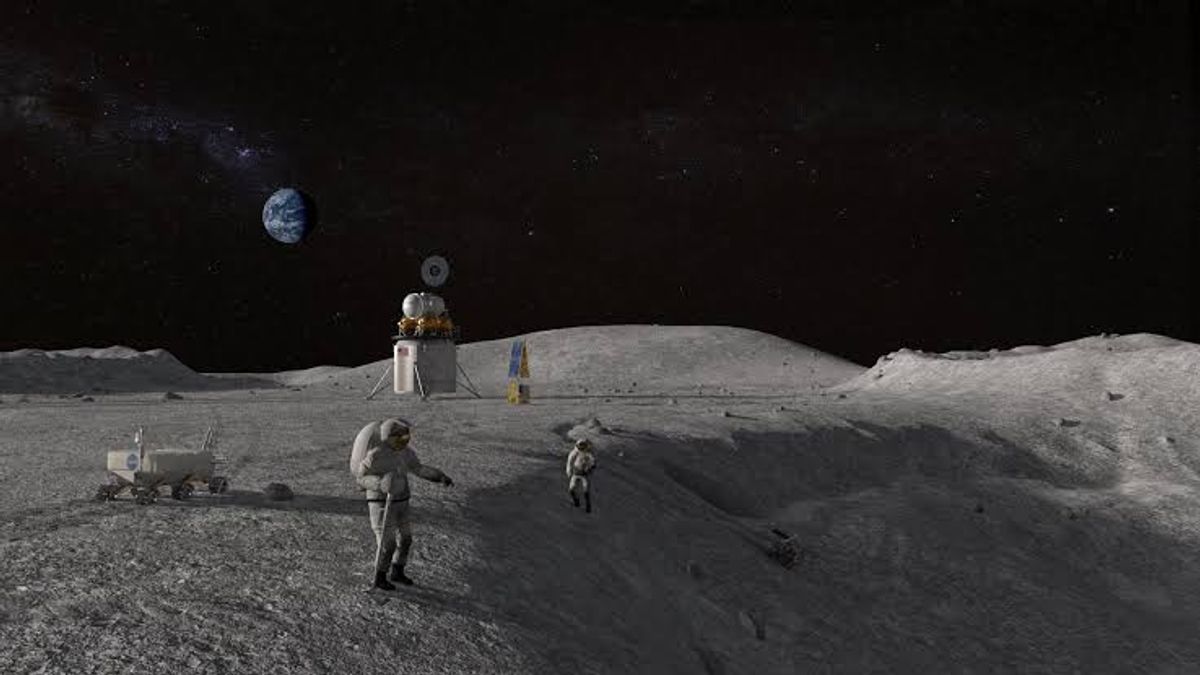
JAKARTA - After the artificial sun, China has now built an artificial moon that will be used as a research facility to simulate a low-gravity environment using magnets.
If there are no obstacles, the artificial moon will be launched this year. The facility is equipped with a strong magnetic field inside a two-foot diameter vacuum chamber to make gravity dissipate.
The scientists were inspired by an earlier experiment that used magnets to make frogs levitate. A geotechnical engineer at China's University of Mining and Technology, Li Ruilin said the chamber would be filled with rock and dust to mimic the Moon's surface.
According to Ruilin, this is the first of its kind in the world. and it can maintain such low gravity conditions for as long as desired.
It is planned that the facility will be used to test various technologies in a prolonged low-gravity environment before being sent to the Moon, where gravity is only one-sixth of its strength on Earth.
Scientists say this will make it possible to tackle costly technical problems, as well as test whether certain structures will survive on the lunar surface and assess the feasibility of human settlement there. Ruilin said the creep test measures how much the material will deform under constant temperature and pressure.
"Some experiments, such as the Impact test, only take a few seconds (in the simulator). But others, such as creep testing, can take several days," said Ruilin, as quoted by Space, Monday, January 17.
It is known that the inspiration for the artificial moon came from Andre Geim, a physicist at the University of Manchester in England who won the Ig satirical Nobel Prize in 2000, for designing an experiment that makes frogs float with the help of a magnet.
The levitation trick used by Geim and now in the artificial Moon space stems from an effect called diamagnetic levitation.
A series of trials completed indoors will be used to inform China's Moon exploration program Chang'e, which takes its name from the Chinese moon goddess.
These initiatives include Chang'e 4, which landed a rover on the far side of the Moon in 2019, and Chang'e 5, which took rock samples from the Moon's surface in 2020. China has also said it will conduct research on the Moon's south pole in 2029.
The English, Chinese, Japanese, Arabic, and French versions are automatically generated by the AI. So there may still be inaccuracies in translating, please always see Indonesian as our main language. (system supported by DigitalSiber.id)









